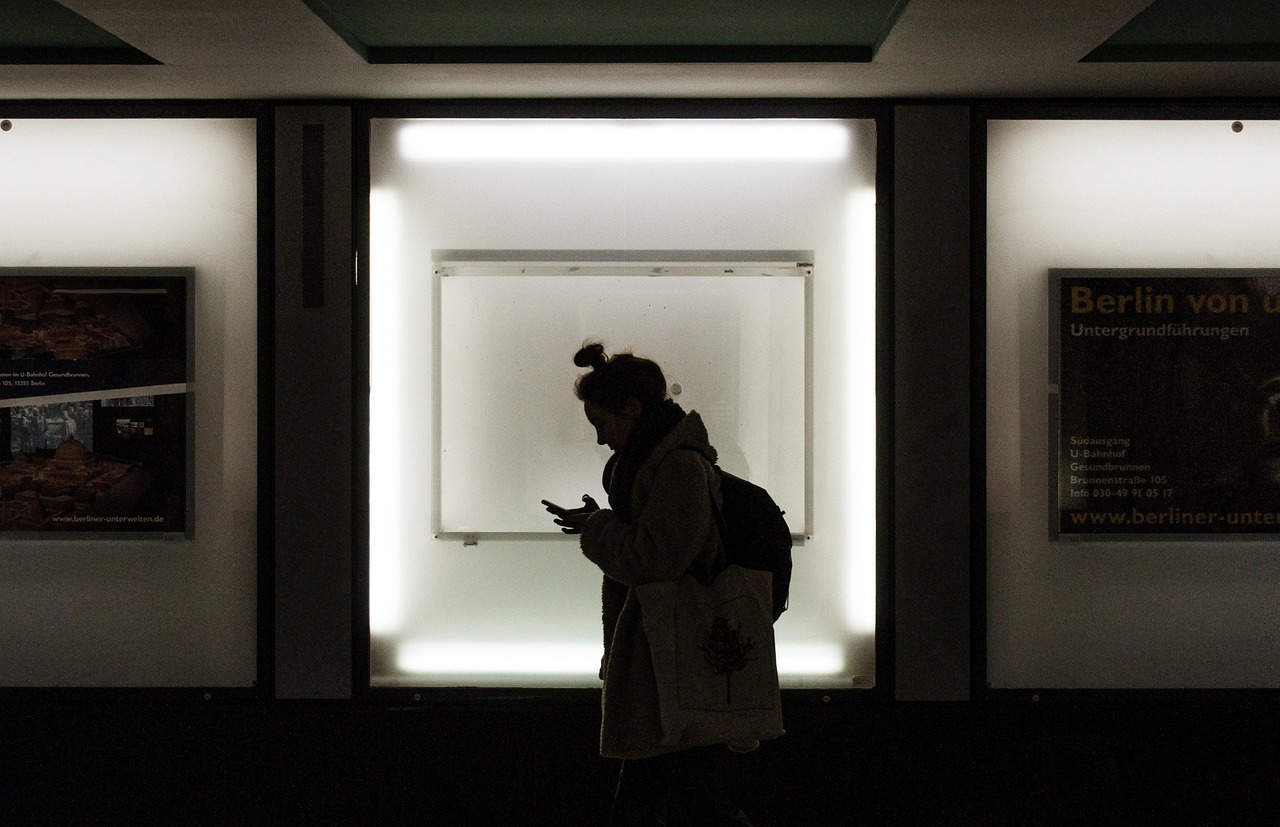Table of Contents
Fundamentally, photography is something greater than merely clicking a button to record an instant—it’s a language, a means of expression beyond words, and reaches deep into the human condition. Though many see photographs as mere visual records, those who glance beyond see that photography can convey feelings, tell unseen stories, and stimulate thought. It is, in effect, an art form that exists beyond the frame.
The Lens as a Voice
Every photograph carries the voice of the person behind the camera. Just as a painter chooses brushstrokes or a poet selects words, a photographer uses light, angle, and timing to convey their perspective. Through their lens, photographers share how they see the world—what moves them, what they fear, what they celebrate, and what they question.
A street photographer might use gritty urban scenes to highlight social realities. A nature photographer may show the fragile beauty of ecosystems to inspire conservation. A portrait photographer captures fleeting expressions that reveal a person’s soul. These images are not just pictures; they are personal declarations and artistic interpretations.
Beyond Aesthetic: Emotion and Meaning
Whereas a well-crafted image may be beautiful, what makes photography as expressive art is its emotional richness. A photo can evoke nostalgia, happiness, sorrow, or hope. It can console or provoke. An image can carry multiple meanings, depending on the photographer’s purpose and the observer’s interpretation.
For example, that famous picture of a crying young girl running from a napalm strike in Vietnam or a tears-filled, wordless stare in a refugee camp says everything without needing to say anything at all. These pictures become potent instruments of sympathy, awareness, and even activism at times.
Breaking Boundaries
Photography is also capable of subverting mainstream narratives and amplifying the voices of marginalized communities. Through portals such as Instagram, Flickr, and individual blogs, photographers with different backgrounds can get their stories heard globally, circumventing traditional gatekeepers.
Additionally, experimental and conceptual photographers take things even further by merging photography with other media, toying with abstraction, or even employing photo manipulation to convey concepts beyond the literal. This is photography that exists in metaphor, symbolism, and imagination.
A Reflection of Self
For some, photography is an inward journey. It’s a means of discovering oneself, one’s culture, or one’s mind. Self-portraits, photo diaries, and close-up projects tend to be mirrors held up to the self, causing photographers to become more aware of who they are and how they fit into the world.
Thus, photography is therapeutic—a subdued, yet effective form of expression and healing.
Conclusion
Photography is far more than a visual art; it is an art of expression that speaks the unspeakable. Whether recording joy or injustice, nature or din, stillness or turmoil, photographers talk with light and darkness, capturing not only what they see, but what they sense. Authentic photography transcends the frame—it exists in the narratives it tells, the feelings it provokes, and the truths it dares to speak.

